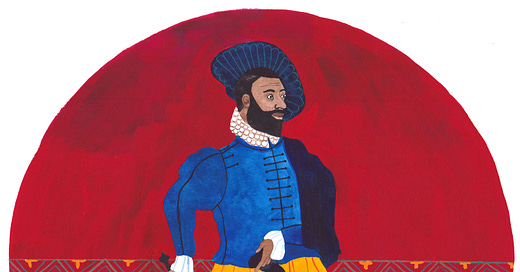Free and Enslaved Africans in Newfoundland and Labrador
History is seldom hidden. We simply need to look.

The first Black person – the first sub-Saharan African – to set foot in Newfoundland was probably a sailor on an English supply ship involved in the fishery sometime in the first 150 years or so after Cabot’s v…
Keep reading with a 7-day free trial
Subscribe to Bond Papers to keep reading this post and get 7 days of free access to the full post archives.



